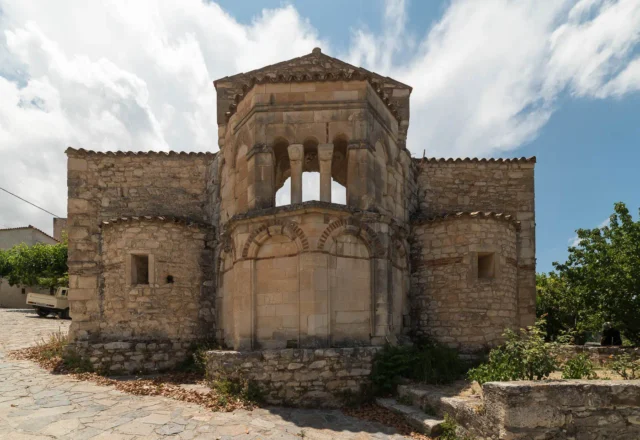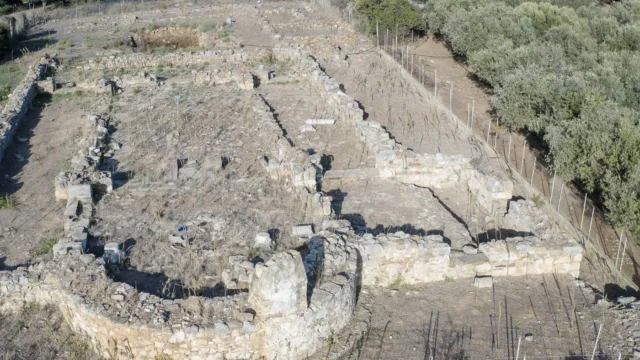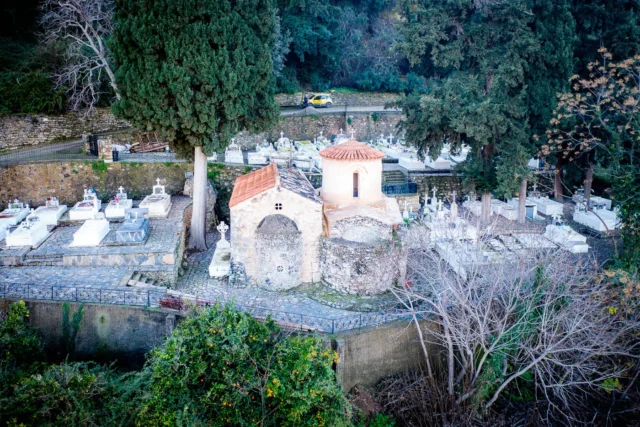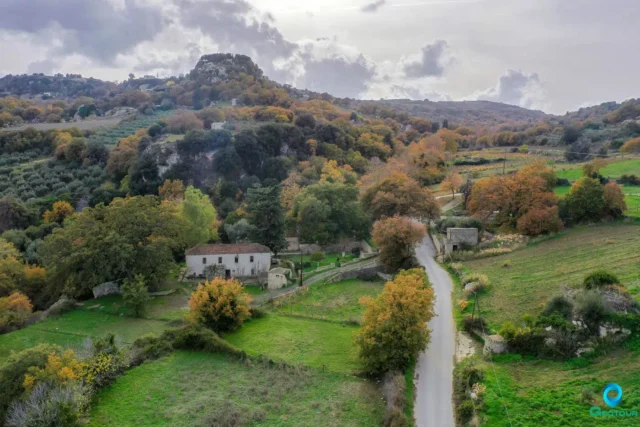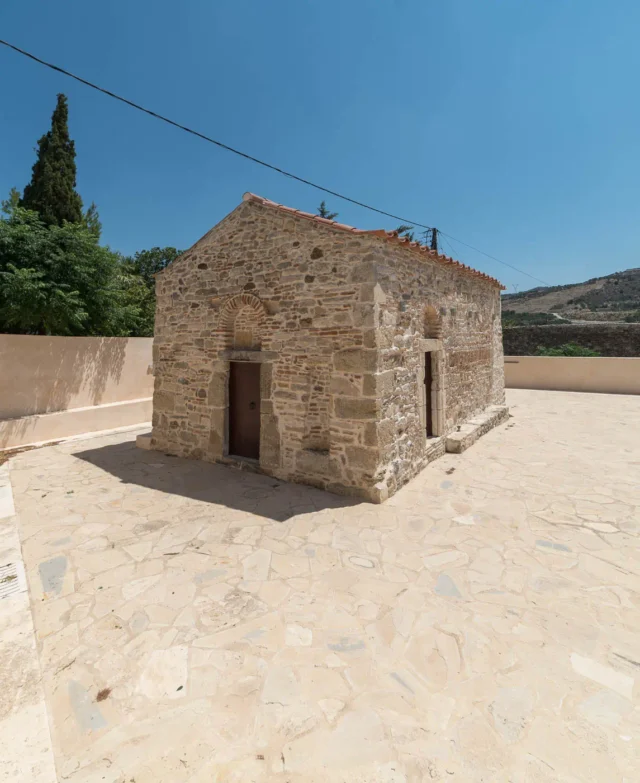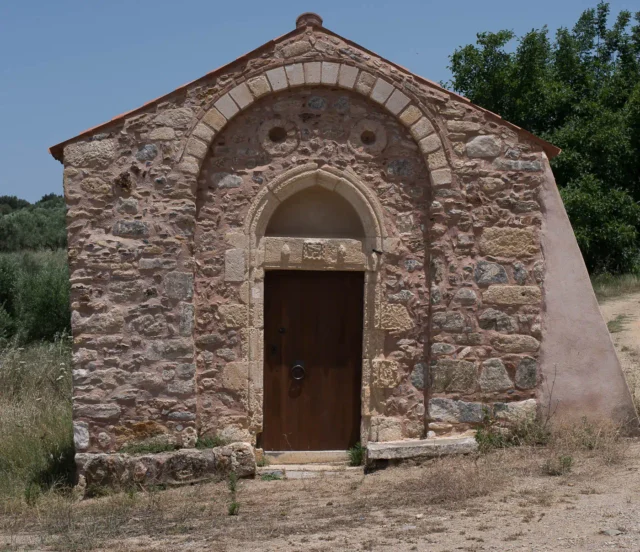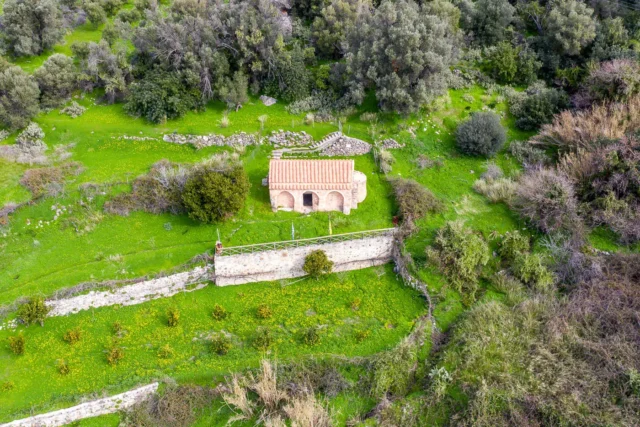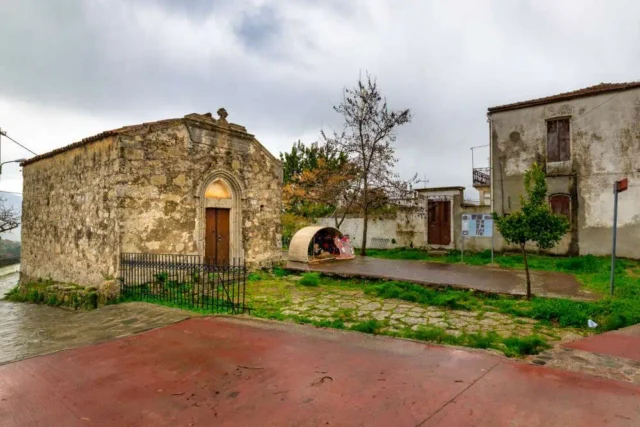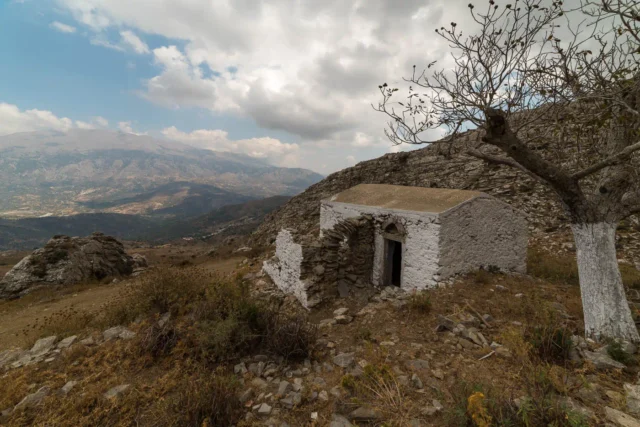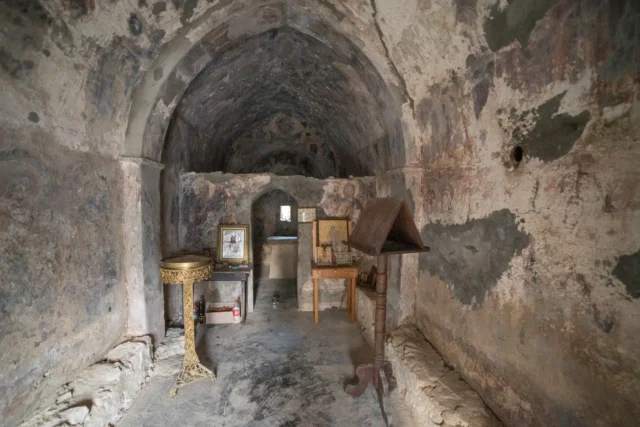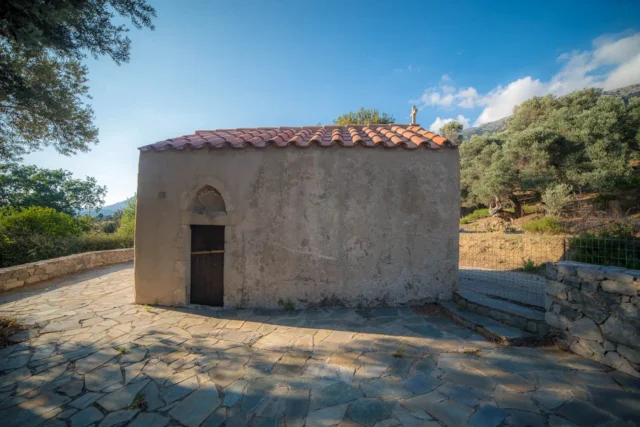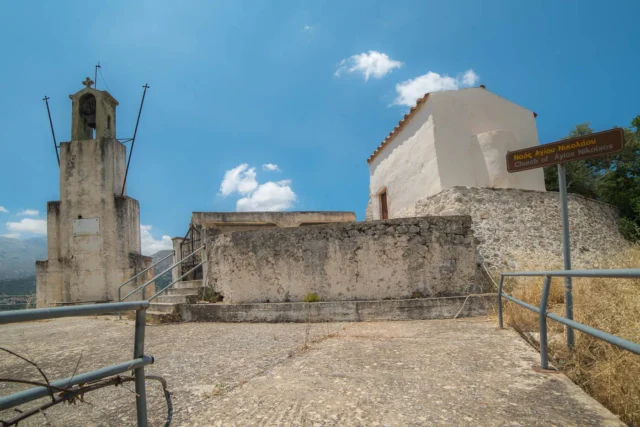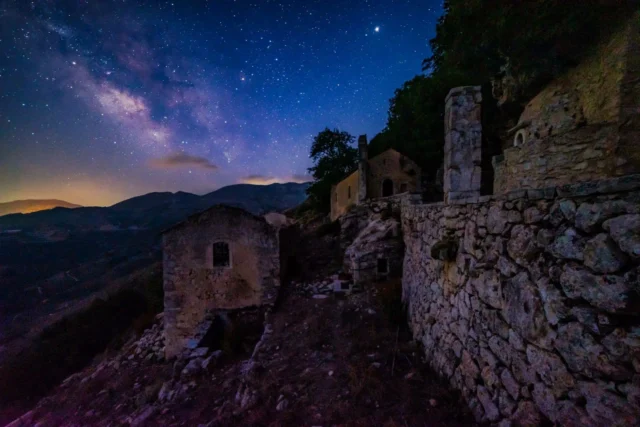95
listings found
Categories
Active filters:
Panagia in Patsos
Located in Patsos, Amari, this ruined 14th-century church is a significant Byzantine monument in Rethymno. Its unique cross-in-square architecture blends Byzantine and Western elements, a style uncommon for the Cretan countryside. The interior was adorned with high-quality frescoes, considered fine examples of late Byzantine art, depicting the Virgin Mary, Saint Nicholas, and the Communion of the Apostles. Though damaged by an earthquake, its surviving elements attest to the cultural flourishing of Crete during this period.
Agios Ioannis in Episkopi of Rethymno
Explore the ruins of the Agios Ioannis in Episkopi of Reethymno in Crete, a testament to the island's rich religious and historical heritage.
Temple of Sotiras Christos (Christ the Savior)
The Temple of Sotiras Christos in Eleutherna, Crete, is a dual-church complex with a rich history spanning from the Byzantine to the Venetian eras.
Panagia Kardiotissa in Agios Thomas
Panagia Kera Kardiotissa, a 14th-century Byzantine monastery near Agios Thomas in Crete, is dedicated to the Nativity of the Virgin Mary. Located in a lush landscape at an altitude of 630 meters, the monastery is situated in a place called Mouzouras, next to the Axedianos River. The monastery once housed a miraculous icon of Panagia Kardiotissa, depicting the Virgin Mary holding Christ. The icon's origins are debated, with some attributing it to an Armenian monk named Lazarus and others to the Heraklion painter Andreas Ritzos. The icon's miraculous powers were documented as early as 1415. The monastery became a significant pilgrimage site in 1912 following a vision of the icon of Saint George. It served as a nunnery from 1935 to 1962 and sheltered residents during the German occupation. Today, the renovated site features a centuries-old oak tree, peacocks, and a workshop for traditional weaving.
Timios Stavros in Vorizia
Byzantine church near Varsamonero Monastery, Crete, with 14th-century frescoes and intricate stonework. Active place of worship with annual feast day celebrations.
Agios Georgios Xifoforos
Agios Georgios Xifoforos, a mid-13th-century Byzantine church located near Apodoulou in Crete's Amari region, boasts well-preserved frescoes and a single-aisled, barrel-vaulted architecture. Dedicated to Saint George (Xifoforos), the church exemplifies Byzantine art and religious traditions. Its frescoes offer valuable insights into the cultural and artistic practices of the era. The church's history, potentially linked to a monastery, remains partially unclear. Today, it serves as a place of worship and pilgrimage, open to visitors interested in Byzantine architecture and religious art.
Panagia of Thronos
The Church of Panagia in Thronos, Crete, a single-nave Byzantine structure from around 1300 AD, stands on a 5th-6th century Early Christian basilica. Its interior features 14th-15th century frescoes and the Kallergis family coat of arms, reflecting Byzantine patronage. The church's location on Kephala hill, ancient Syvritos, highlights its strategic importance, controlling access to Phaistos and Gortyna. Thronos itself, with roots in the Late Minoan period, was a significant Roman and Byzantine center, serving as the seat of the Bishopric of Syvritos. The church remains active and open to visitors, showcasing well-preserved artistic and historical elements.
Agia Marina Kalogerou
Located in Kalogeros, Rethymno, Crete, the 14th-century Agia Marina Church is a Byzantine structure built in 1300 AD, evidenced by an inscription. It houses a rich collection of frescoes depicting scenes from the life of the Virgin Mary, the Christological cycle, the Pantocrator, and numerous saints. The church's interior frescoes, notable for their vibrant colors and carved haloes, have undergone restoration by the Ephorate of Byzantine Antiquities, though some deterioration persists. The exterior remains unrestored, covered in plaster and whitewash. Situated within the village cemetery, Agia Marina offers insights into the artistic and religious traditions of the Amari region during the Byzantine era, and its artistic style suggests connections to other regional churches. The village of Kalogeros, known for its traditional architecture, celebrates Saint Athanasios and Cyril on January 18th.
Agioi Theodoroi church in Amari
The Agioi Theodoroi Church, located in Nefs Amari, Crete, is a small, single-aisled structure with a tiled roof. Its construction date is unknown, but frescoes dated 1588 and 1731 indicate it predates the later date. The church features a bell tower depicting the Virgin Mary and is dedicated to Saints Theodore of Tyro and Theodore Stratelates, celebrated on the first Saturday of Lent. While the church remains standing, the frescoes are in a state of disrepair.
Agios Onoufrios
Agios Onoufrios Church, constructed in 1329/1330 near Genna, Amari, Crete, is a single-aisled, barrel-vaulted Byzantine chapel with a semi-circular apse.
Built by the Varouchas family, its frescoes, dating to its construction, depict religious scenes like the Deesis, Annunciation, and Crucifixion, showing connections to the Macedonian School. A rare, well-preserved stone templon and glazed ceramic plates decorate the entrance. The church's artistic style links it to other regional churches, such as those in Margarites, Chalepa, Lampiotes, and Apodoulou.
Agios Antonios in Veni hill
Agios Antonios cave sanctuary, situated on Veni Hill in Amari, Rethymno, Crete, reveals a blend of Minoan, Byzantine, Venetian, and Ottoman history. Originally a Minoan worship site, it evolved into a Byzantine monastery dedicated to Agios Antonios. It served as a refuge for Cretan rebels, earning the name "Pnyka of Crete," and faced Ottoman attacks. The site is linked to Arkadi Monastery and features a holy spring, monastic cells, and remnants of past monks. Currently under restoration, the cave holds ancient clay basins and celebrates Agios Antonios' feast day. The location offers views of the Psiloritis range, reflecting Crete's spiritual and resistance heritage.










